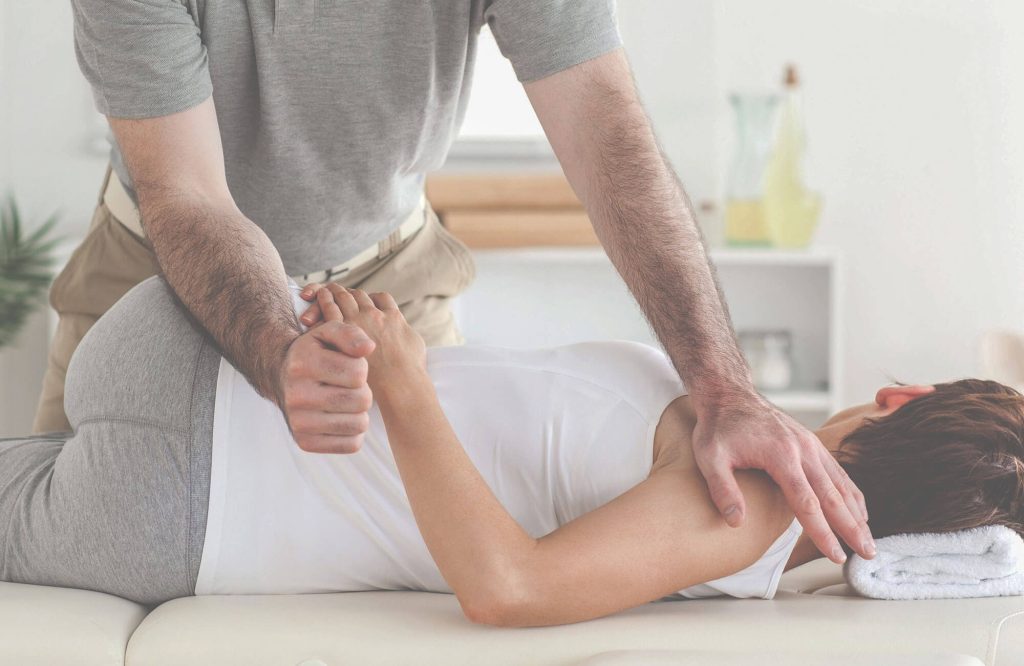Yes it is a thing! However, the proper name for ‘Runner’s Knee is Iliotibial Band Friction Syndrome (ITBFS).
It is a painful overuse knee injury that affects the outer part of the knee. Most common in runners – hence the term ‘Runner’s Knee’, however it is also quite common in hikers and cyclists. Pain usually starts as intermittent pain, sharp in nature and very focal. If this pain, is ignored, it can develop into a dull ache even when you are not running or cycling, becoming painful when climbing up or down stairs.
The Iliotibial Band is a tough, thick fibrous tissue composed of fascia that runs along the outside of the thigh from the hip to the kneecap and tibia of the lower leg. Repetitive flexing and extending of the knee (as occurs in running) may result in friction and inflammation of the IT band and/or the bursa between the IT band and the femoral epicondyle of the knee. Over time this irritation leads to IT Band syndrome.
Tips for Preventing IT Band Syndrome
Use a foam roller to release the IT Band
If you have IT Band tightness, using a foam roller regularly is one of the best things you can do at home to help relief your pain. Ask your Physio to demonstrate.
Replace running shoes regularly
It’s important to change your running shoes, or every 3 to 4 months. Worn shoes absorb less shock which may lead to an increased incidence of IT Band pain. If you run lots of kilometres, consider alternating between two pairs of shoes to allow 24 hours for the shoe’s shock absorbing cushion to return to its optimal form before running in them again.
Slowly increase running kms
It’s important to add kilometres and intensity very slowly to let your body adjust to the demands of running. Doing too much, too soon is a very common cause of overuse injuries.
Gradually add hill running workouts
Hill running, particularly downhill running, increases friction on the IT Band and is tough on the quadriceps. As the quads fatigue, they lose the ability to stabilise and control the knee tracking position, which also increases stress on the IT band.
Avoid training on uneven surfaces If you are prone to knee pain, be careful of the surface you run on. Graded or angled surfaces often increase strain and tension on the IT Band of the downhill leg.
Keep the knee joint covered and warm (when training / during sports)
May athletes fail to protect the knees adequately in cold temperatures. The IT Band is particularly susceptible to the cold and experts recommend that athletes keep the knees covered during sports when the temperatures are below 15 degrees Celsius.
Always cool down and stretch after exercise
Use a foam roller to release the IT Band after exercise, when the muscles are warm and supple. If you have any IT Band tenderness or pain, apply ice after exercise as necessary to reduce inflammation and pain.
Treatment from physiotherapist will assist in the prevention and rehabilitation of Iliotibial Band Friction Syndrome.
You can always ask us for stretching and strengthening exercises to help you recover quickly and avoid further injury in the future. Remember to stretch before and after activity, use ice to decrease pain and inflammation and take the time to rest your body, allowing it to fully recover.





